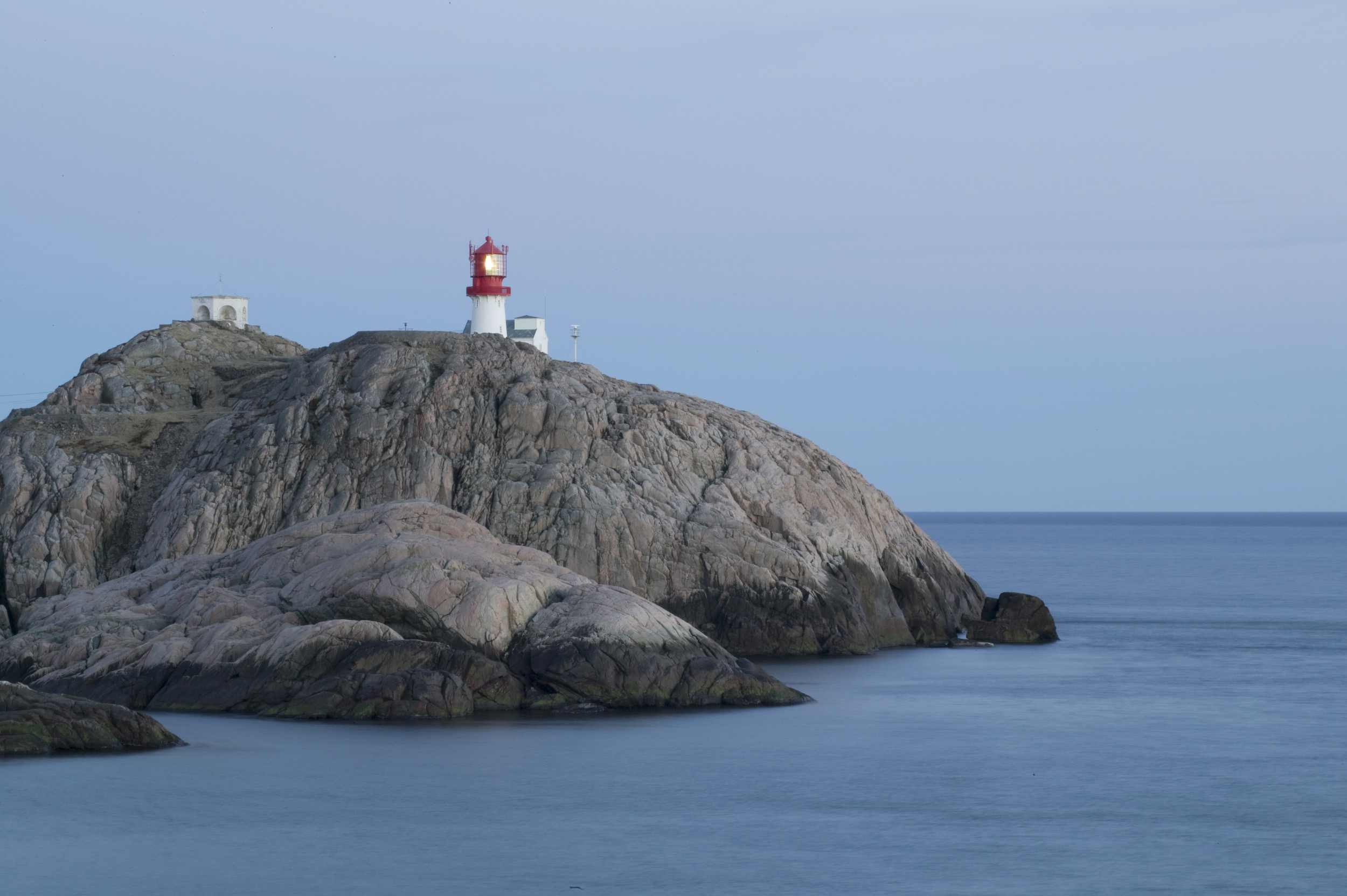CO2 is more rapidly absorbed in cold water than in warm water. Ocean acidification therefore happens faster and is greater at higher latitudes, such as in Norwegian waters, than further south.
Conditions in Norwegian waters
The degree of acidification can vary widely both locally and regionally due to varying physical and chemical processes in the ocean.
The results from monitoring ocean acidification in Norwegian waters show a clear seasonal variation in the upper 100 meters. This variation is largely related to biological activity, with the highest pH in spring/summer and lowest pH in the autumn/winter. The reason for this is that algae absorb CO2 when they grow, and release CO2 when they decompose. In addition, estuaries on the coast play a role in that brackish water decreases salinity on the surface.
Analysis of historical data from the North Sea shows that there are large variations in pH from year to year – almost as large as seasonal variations. More years of monitoring are therefore required to determine a longer-term trend in pH developments in Norwegian waters. For carbon content, however, one can see an increase in the concentration measured in 2011 compared to historical data. This mainly reflects oceanic absorption of anthropogenic CO2.
Norwegian waters have a naturally high content of inorganic carbon because low sea temperatures allow CO2 to more easily dissolve in the water. As a result, the content of carbonate ions low, and these areas will be the first to have a carbonate deficit due to acidification.
Monitoring shows that most Norwegian waters have sufficient carbonate. In the depths of the Norwegian Sea, however, there is a carbonate deficit. A carbonate deficit is natural in the deep sea, but the carbonate deficit zone is in the process of expanding upward in the water column.
More acidic water ahead
Some estimates show that acidification may multiply in the course of this century. This is the most rapid change in the marine environment ever observed, and it affects the chemistry of all coastal and marine areas.
